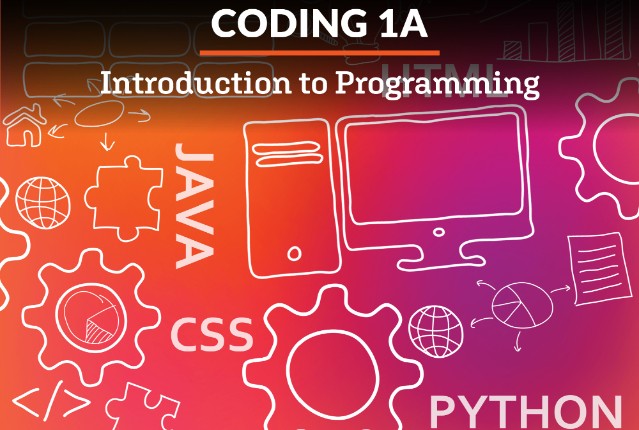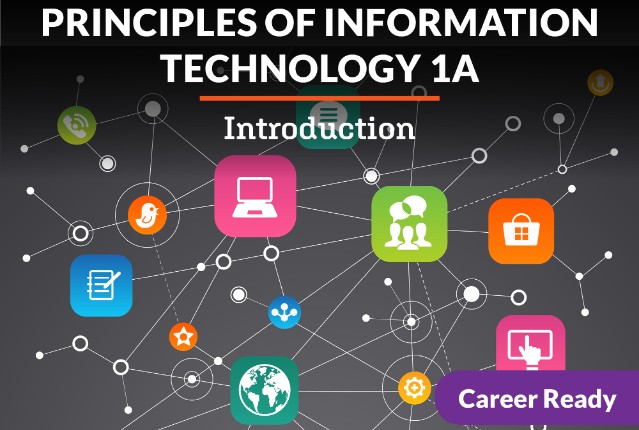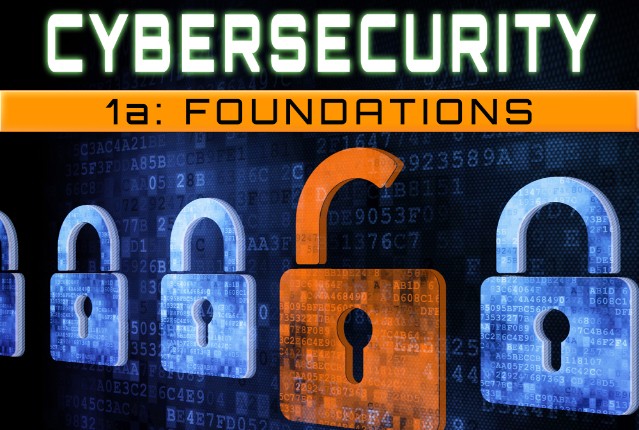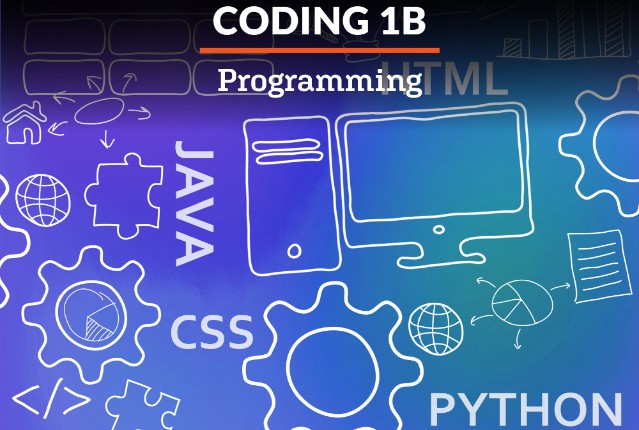
Coding 1a: Introduction to Programming
Have you ever wanted to create your own web page or wondered how your favorite websites were built? Explore the role technology plays in our lives as well as study the fundamentals of computer science, review hardware and software, and learn how the internet functions. Discover how to create and build your own website using HTML and CSS, and learn the basics of JavaScript and Python Programming. This course also covers data collection methods, access rights, protocols, and security.Have you ever wanted to create your own web page or wondered how your favorite websites were built? Explore the role technology plays in our lives as well as study the fundamentals of computer science, review hardware and software, and learn how the internet functions
Review course outlineAccess for a year
USD 299.00*
* Choose more courses to get a discount




